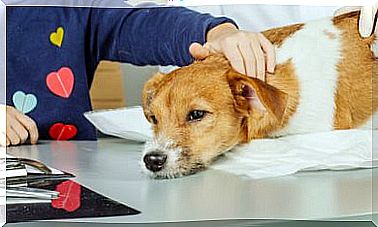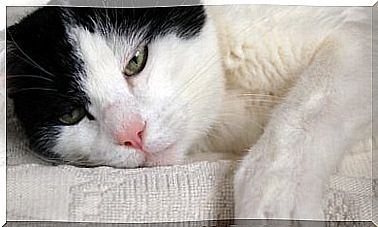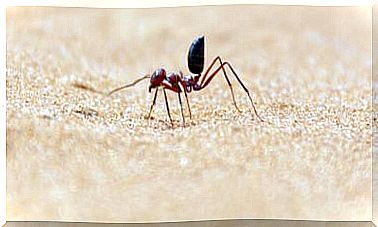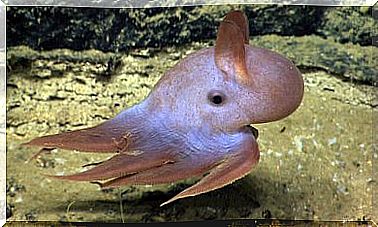Learn To Detect Symptoms Of Canine Parvovirus

If you have a dog, you may have heard of canine parvovirus, a very contagious disease in dogs with a high mortality rate. The symptoms of canine parvovirus are varied and can be detected early to prevent a fatality.
Preventing this disease is a matter of knowing the safe places through which your partner passes in his day to day. Today we will talk about the symptoms of canine parvovirus, its spread and possible treatments.
A deadly disease
Canine parvovirus, also known as canine parvovirus, is a disease of viral origin that mainly affects the intestines of dogs of all breeds. It mainly affects puppies, but it can also spread among adults with little difficulty.
The virus affects the intestinal mucosa of the animal, which takes advantage of its rapid spread through the tract and directly attacks white cells, which are essential for the immune system. Once the density of these drops, it can present two potentially lethal forms:
- Enteric : affects the enterocytes of the digestive tract, which causes an apparent common gastroenteritis. What is actually happening is that the cells are being forced into necrosis, which little by little ends up affecting the whole organism.
- Myocardial : it is a rare variant, which directly affects the cells of the animal’s heart.
Some of the causes of death from canine parvovirus include sudden death, heart attacks, dehydration from vomiting and diarrhea, and septicemia.
How it spreads
Canine parvovirus is transmitted by direct contact with areas infected by it. The virus remains active in the feces and urine of animals for a long period of time, and can even be transmitted by indirect means.

A person who has been in contact with any of these sites can transmit the disease, since it can survive on almost any surface.
It is for this reason that it is recommended to visit places that healthy dogs usually visit, as it is an indication of hygiene and good health. If any of the dogs that inhabit the area becomes ill with this virus, it exposes the entire population for the aforementioned.
In addition, special care must be taken with dirty or poorly hygienic areas, where garbage is exposed to the open air. Flies, fleas, ticks and birds that feed on this garbage can transmit the virus just as effectively as a human would.
The animal can be vaccinated against this disease, but this will not prevent the disease from spreading further in the environment. In any case, the best thing to do to avoid the accidental spread of this virus is to maintain good hygiene with your dog’s items .
Canine parvovirus symptoms
Detecting the symptoms of canine parvovirus can be a bit problematic at first because it has common pathologies with other diseases. They stand out among them:
- Fever
- Bloody diarrhea
- Vomiting
- Lack of appetite
- Fatigue
It is often mistaken for gastroenteritis because it has similar symptoms, but the only way to be sure is to do a blood test to check the levels of leukocytes (white blood cells). As mentioned above, the disease tends to suppress the individual’s immune system.
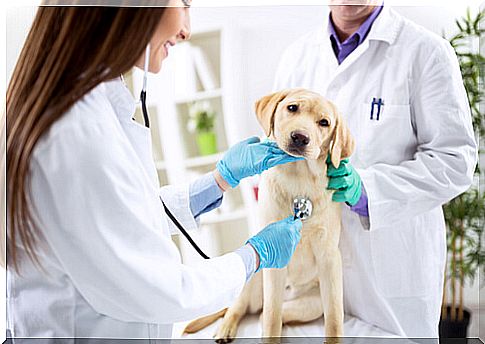
In any case, if you suspect any of these symptoms, it is best to take him to the emergency room with the vet, who is better qualified to make an accurate diagnosis.
Treatments
When one of these cases is detected, the usual thing is to resort to immediate hospitalization to prevent other individuals from being accidentally infected. Antibiotics can be given in most cases, but there is no certainty that they will have an effect on the disease.
In this sense, we mean that since it is a viral disease, there is no 100% effective cure for all cases. It is best to attack the symptoms one by one so that the animal regains its strength and can overcome the disease.
In any case, the ideal is to vaccinate our pet as soon as possible against this terrible disease to avoid the anguish it can cause. Remember to always keep your area clean and hygienic, and keep in touch with other owners about possible sources of infection.


